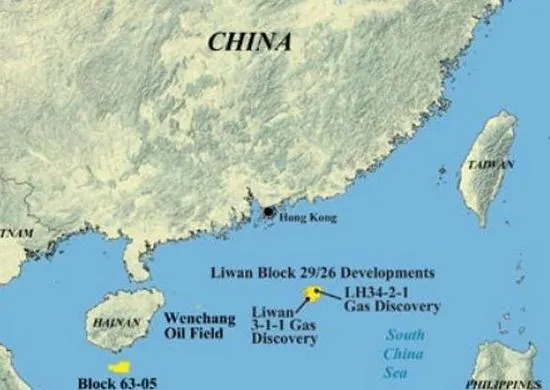
China approves gas development plan in South China Sea
Joint project with Canada is one of China’s largest in recent years.
China has approved the development plan for the deepwater Liwan 3-1 gas project in the South China Sea, said the National Development and Reform Commission.
This will be one of China's biggest gas projects to come online in recent years and will be a large boost to the country's offshore production.
The project lies in Block 29/26, some 300 kilometers southeast of Hong Kong. It is spearheaded by Canada's Husky Energy, which owns 49% of the project and state-owned company, China National Offshore Oil Corporation that owns the remaining 51%.
First gas is expected late this year or early 2014, before peaking at over 500,000 Mcf/day in 2015 once the neighboring Liuhua 29-1 field is tied back to production facilities. The project’s deepwater portion is already 75% complete,
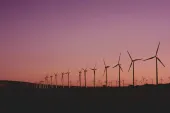

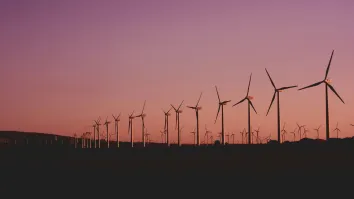

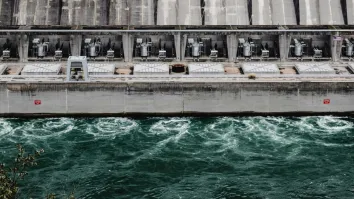
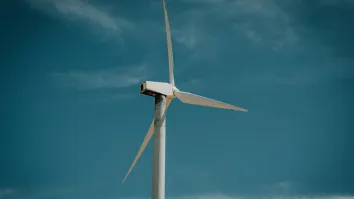













 Advertise
Advertise






